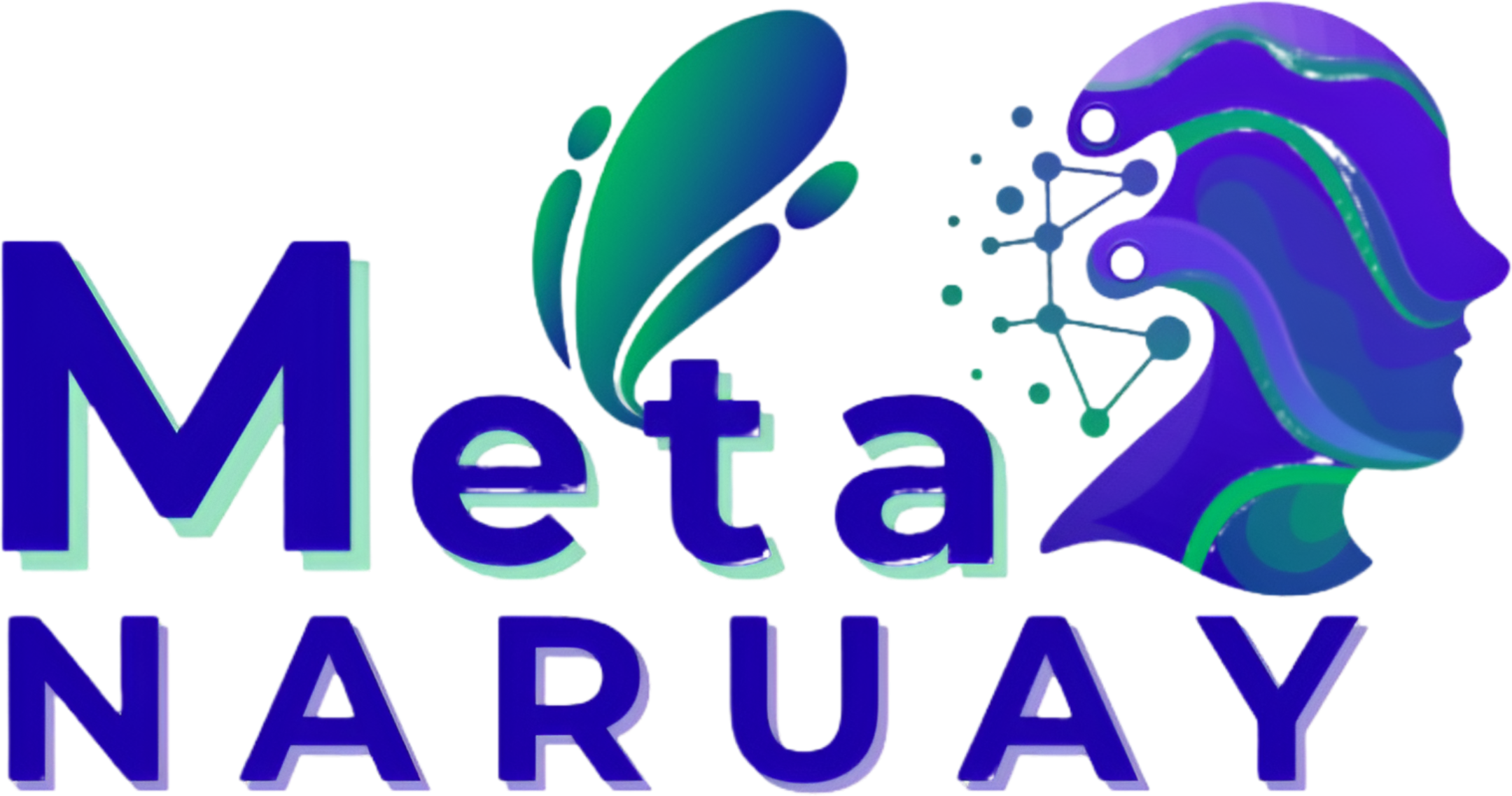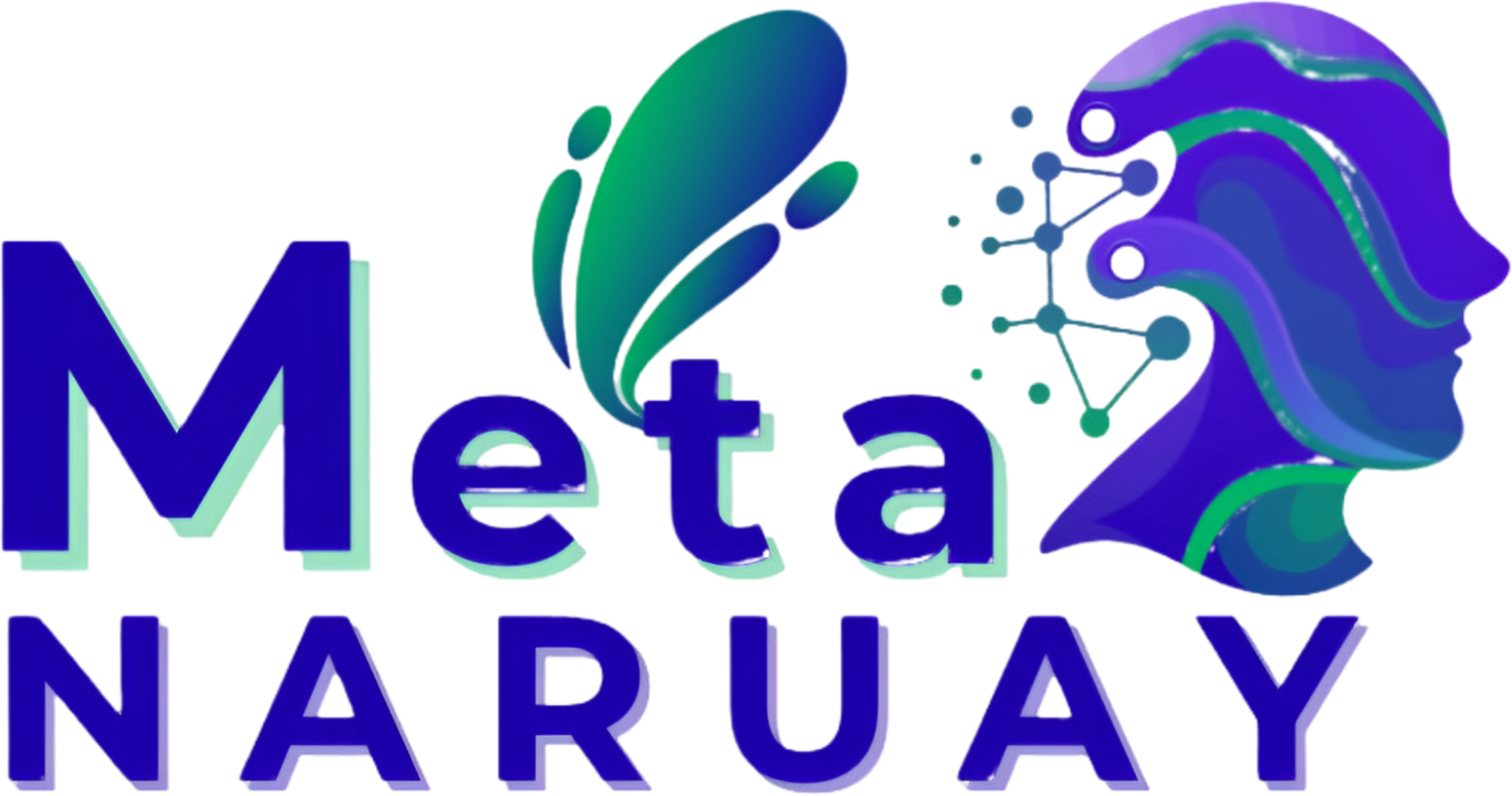Within the Thumb Arthritis Market’s treatment segmentation, the Medication category stands out as the highest revenue generator. While conservative management and surgical options are vital, pharmacological treatments are the most frequently utilized interventions, encompassing the entire disease spectrum from early-stage pain management to chronic disease modification, leading to high-volume sales.
The medication segment includes a wide range of products, from over-the-counter and prescription NSAIDs (Non-Steroidal Anti-Inflammatory Drugs) and corticosteroids for immediate symptomatic relief to specialized treatments for Rheumatoid Arthritis (RA) type thumb arthritis, such as Biologics and Disease-Modifying Antirheumatic Drugs (DMARDs). The chronic nature of arthritis ensures that patients require continuous or intermittent pharmacological intervention for years, guaranteeing sustained market demand.
The revenue dominance is further supported by the substantial R&D investments made by major pharmaceutical companies, including AbbVie Inc. and F. Hoffmann-La Roche Ltd. Their focus on developing novel drug conjugates (ADCs) and other advanced therapeutics for inflammatory conditions is broadening the medication arsenal, particularly for the autoimmune component of arthritis. These advancements offer the promise of slowing disease progression, which significantly impacts the long-term market value.
Despite the rise of surgical options for end-stage disease, the initial and long-term management of pain and inflammation keeps medication at the forefront of the market, which is projected to reach USD 1.15 Billion by 2035. The high adoption of medication by end-users, especially Retail Pharmacies and Hospitals & Clinics, reinforces its leading position in the market structure. To understand the revenue segmentation in treatment, review the full report at Thumb Arthritis Medication Market.
Tags: #Pharmacology #MedicationSegment #NSAIDs #Biologics #RheumatoidArthritis



